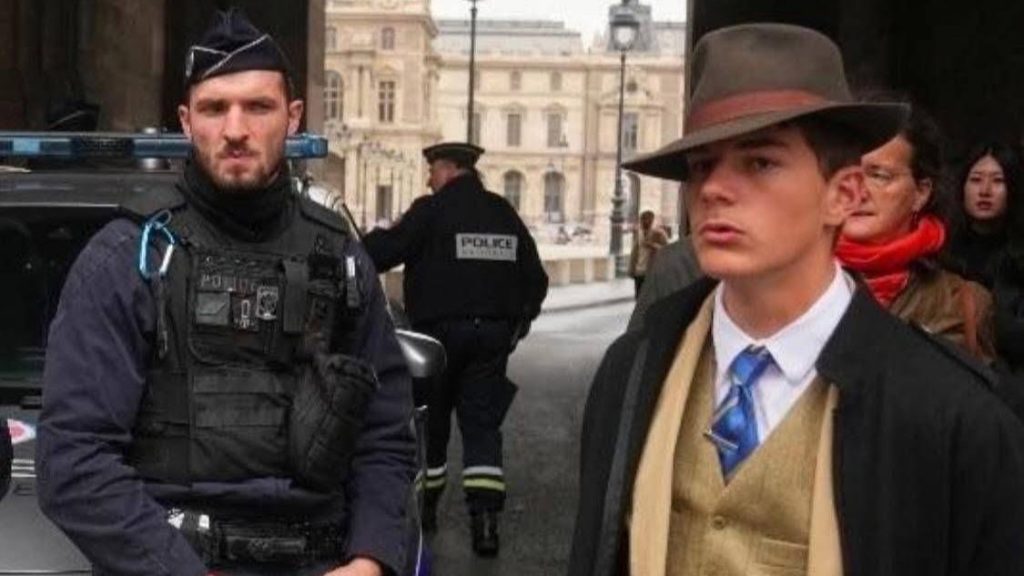Russian passports, royal jewels and a teen “detective” fed online conspiracy frenzy.
Others are reading now
The Louvre robbery on October 19 shocked France.
Soon after, the internet exploded with wild conspiracy theories and fake news.
After thieves stole about 88 million euros worth of jewels from the famous Paris museum, social media users rushed to share their own theories.
Some claimed Russian passports were found at the scene. Others said the jewels had turned up for sale online. A few even said they spotted the detective leading the investigation.
None of it was true.
Russian passports and fake jewel listings
Also read
One of the biggest rumors said Russian citizens were behind the heist.
A post on X claimed that Russian passports had been discovered inside the museum. That post was viewed over 7 million times.
But when Euronews asked the Paris prosecutor’s office, they confirmed the story was completely false.
Other users claimed the missing jewels — which some say belonged to Queen Marie-Amélie, France’s last queen — had been listed for sale on a Russian website.
They directed people to Telegram for more information. But the Russian site, Avito, confirmed the ad was fake.
Also read
“It was a joke,” the company said. “The ad has been deleted and the users were blocked.”
Fake suspects and a viral teen “detective”
Photos of a so-called suspect also went viral. The man in the picture was called “handsome” and quickly became an internet mystery.
Also read
In truth, the image was taken from a U.S. mugshot website. The man, Stefan Dolbashian, was arrested in Florida in 2010 for theft — but those charges were later dropped.
He had nothing to do with the Louvre case.
Then there was the boy in the fedora. Some users claimed he was the lead detective working on the robbery. The photo of the well-dressed teen was shared millions of times.
But the boy was actually 15-year-old Pedro Elias Garzon Delvaux, who was visiting the Louvre with his grandparents that day.
“I like to dress nicely, even when I go to school,” Pedro said. “But I’m not a detective — just a regular teenager.”
Also read
As of now, French police have not released photos of any suspects.
The investigation is still ongoing.
This article is made and published by Camilla Jessen, who may have used AI in the preparation


